Australian Tropical Rainforest Plants - Online edition
Litsea glutinosa (Lour.) C.B.Rob.
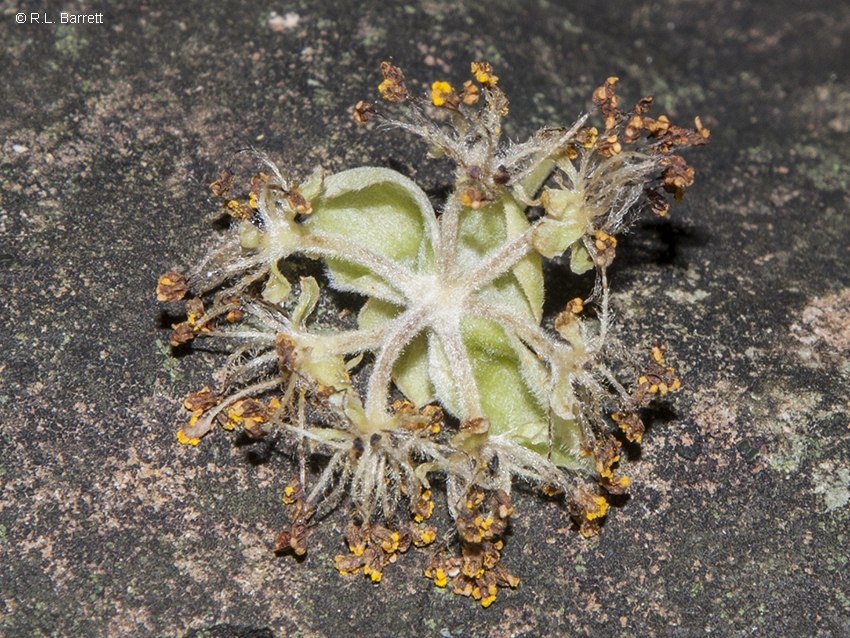
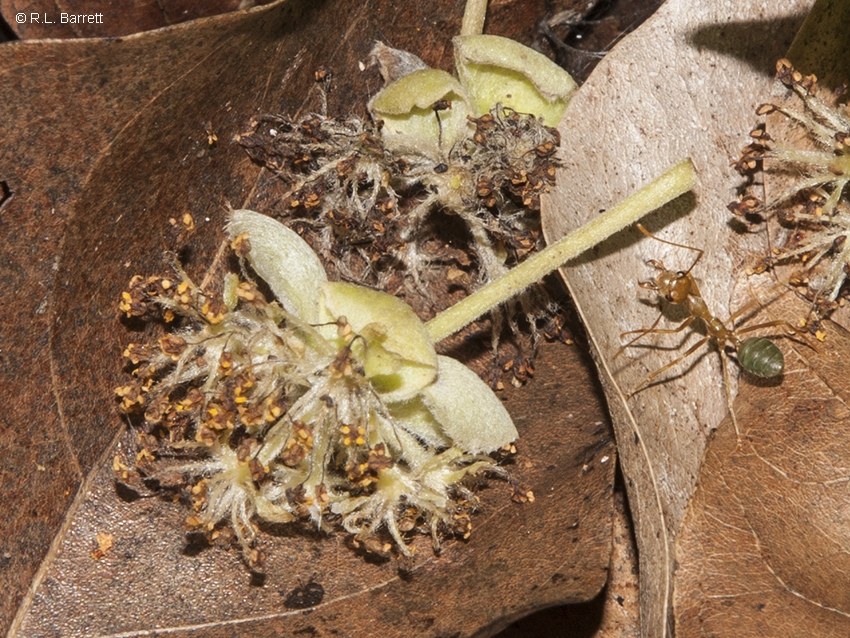
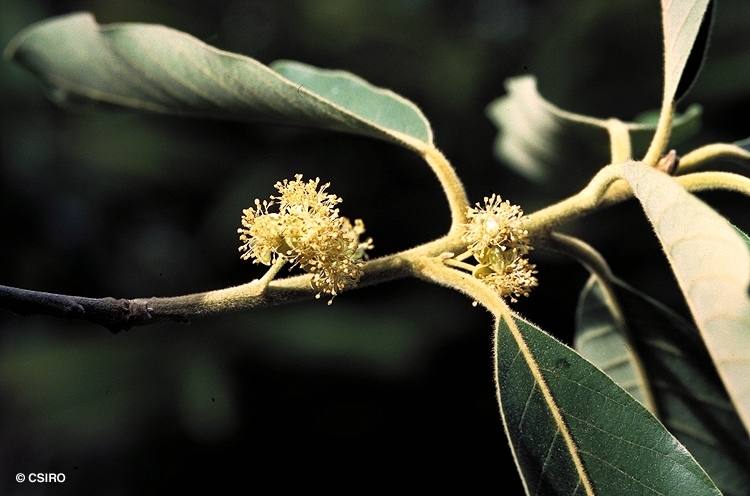
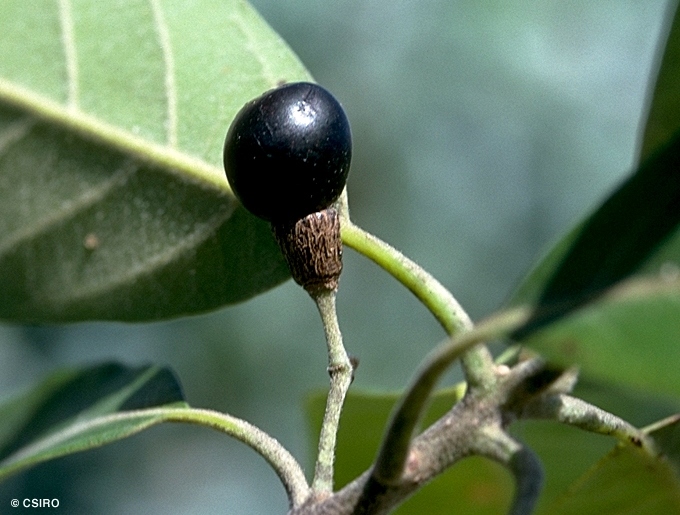





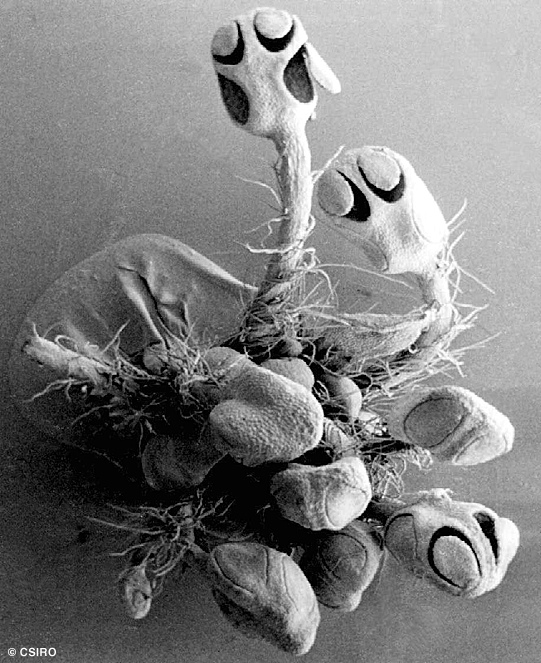
Robinson, C.B. (1911) Philippine Journal of Science, Bot. 6 : 321.
Brown Bollywood; Beech, Bolly; Brown Bollygum; Soft Bollygum; Bollywood, Brown; Bollywood; Bollygum, Soft; Bollygum, Brown; Bollygum; Bolly Beech; Beech, Brown; Brown Beech
Usually a small tree.
Twigs terete, clothed in tortuous, white, erect and appressed, persistent hairs. Leaf blades about 7-28 x 3-18.5 cm, green on the underside, clothed in white, tortuous, erect hairs which may persist on mature leaves or may be almost entirely shed. Midrib raised or flush with the upper surface. Petioles flat or ridged on the upper surface. Oil dots visible with a lens.
Fruits globular, about 8.5-10 x 8.5-11 mm. Receptacle about 5-8 x 4-8 mm. Seed about 6-7.5 x 5-8.5 mm. Cotyledons cream.
About 4 or 5 cataphylls produced before the first true leaves. First pair of true leaves elliptic, about 30-40 x 20-25 mm, green on the underside. Petioles about 5-6 mm long. At the tenth leaf stage: leaves closely spaced, almost whorled, leaf blade about 8-10.5 x 3.7-4.6 cm, petiole about 0.6-0.7 cm long, leaf blade with a few hairs on the upper surface at least along the midrib; oil dots very small, visible only with a lens; petiole hairy. Seed germination time 117 to 196 days.
Occurs in WA, NT, CYP, NEQ and CEQ. Altitudinal range from sea level to 600 m. Grows in monsoon forest, gallery forest and open forest on soils derived from a variety of rock types. Also occurs in India, China, SE Asia and Malesia.
This rather insignificant looking species has a wide distribution and has assumed weed potential in parts of the African continent. It appears that it was grown in plantations on Mauritius in previous times. Kostermans pers. comm. thought the bark was used in the production of mosquito coils but this has not been confirmed.
Litsea glutinosa does appear to have some medicinal properties. (http://home.netvigator.com/~rana/ecopage2.html (17-8-2000); http://www.mssrf.org/Fris9809/fris1237.html (17-8-2000)).
This plant used medicinally by Aborigines, and has also been used medicinally in India. Cribb (1981).
This species does not produce millable logs. Wood specific gravity 0.77. Hyland (1989).





